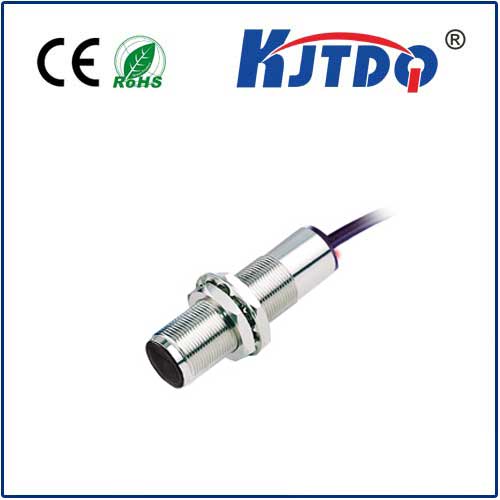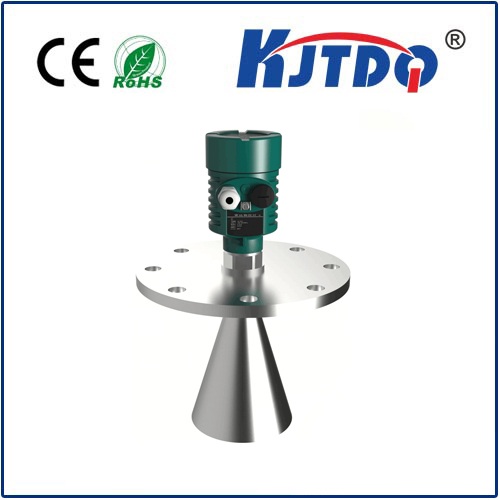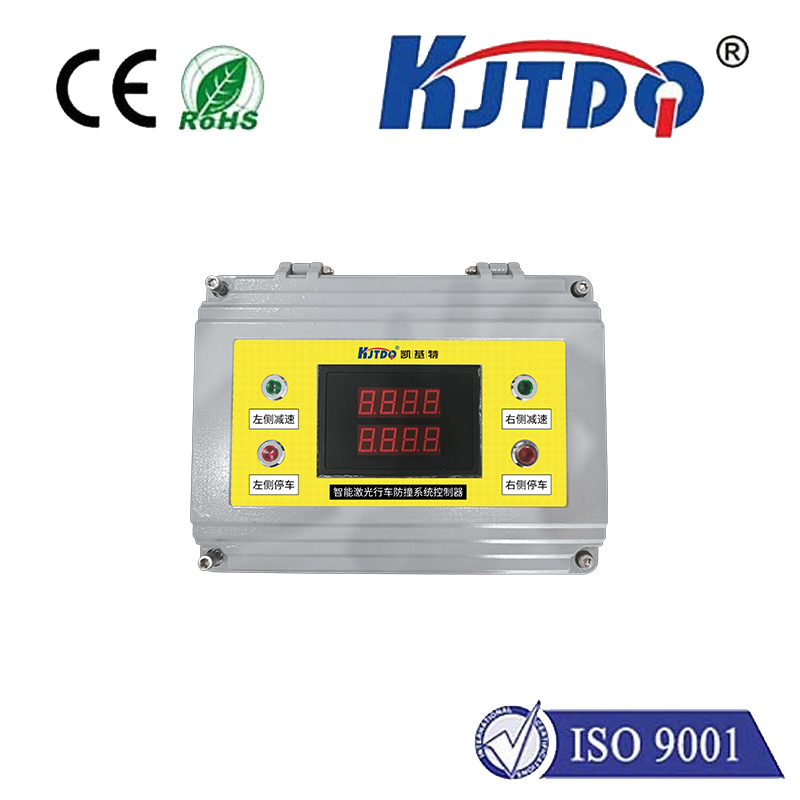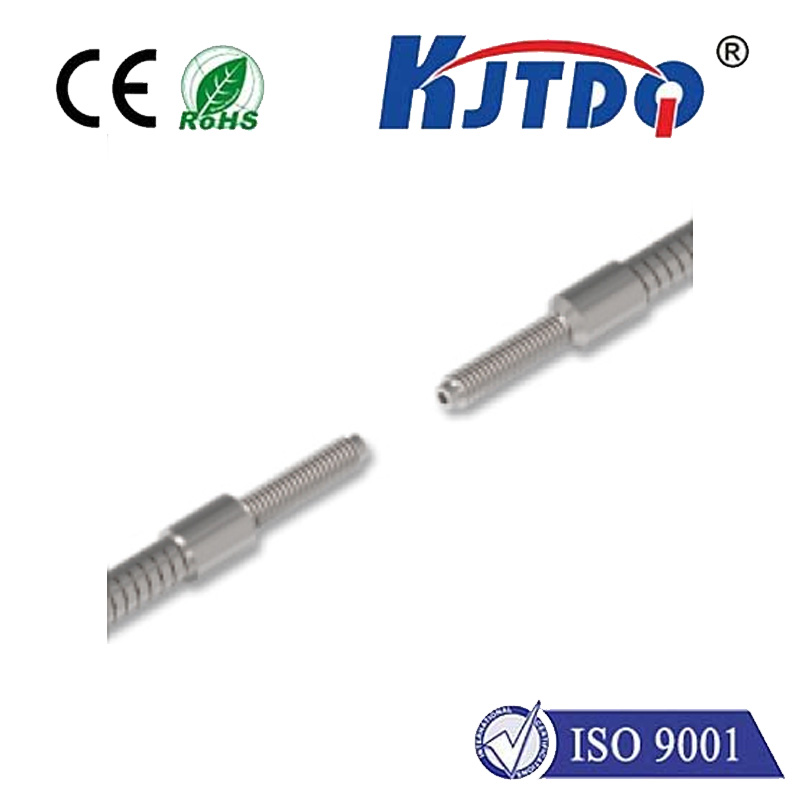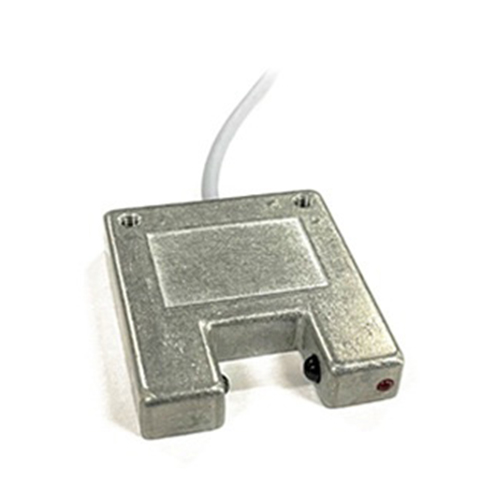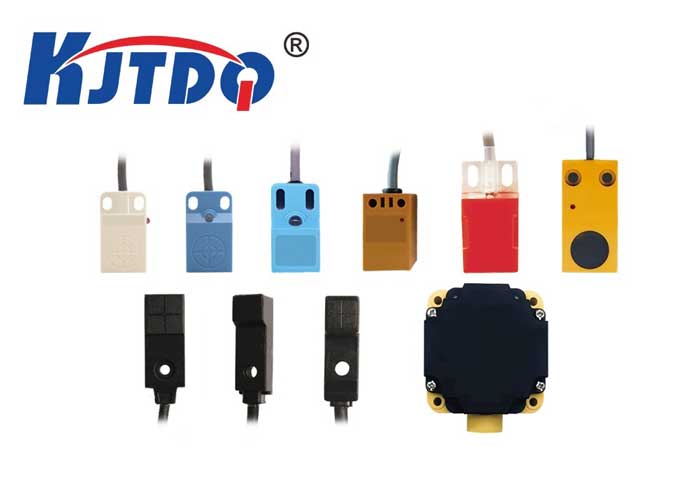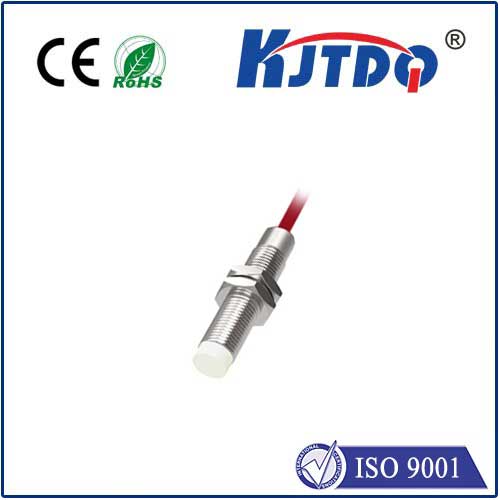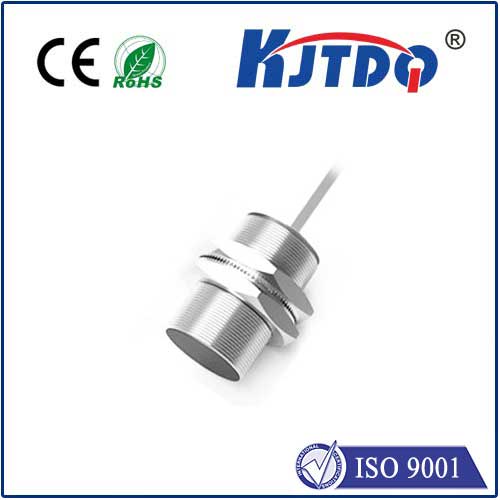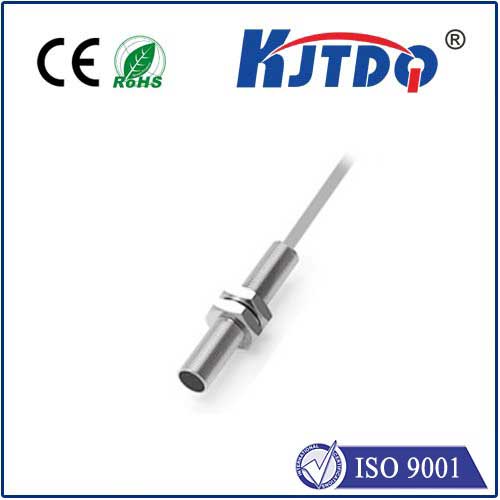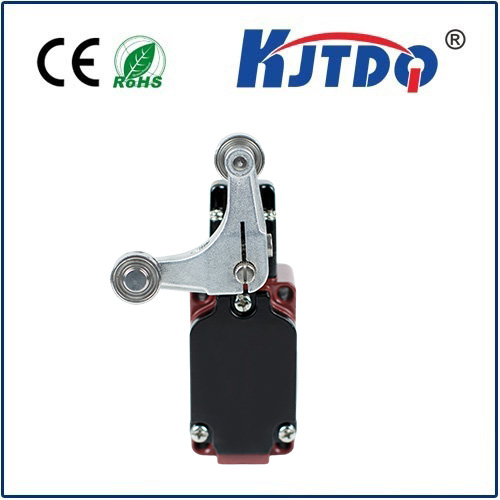

check

check

check

check
Title: Geared Limit Switches: Understanding Their Role and Applications
Geared limit switches are a type of mechanical switch that is commonly used in various applications to control the movement of machinery or devices. These switches work by converting the input signal ( usually electrical ) into a specific output signal, which can be used to trigger a mechanism or control the direction of a system. In this article, we will explore the role and applications of geared limit switches and how they work.
One of the main advantages of geared limit switches is their ability to provide precise and accurate control over the motion of equipment. This makes them particularly useful in industries where accuracy is critical, such as aerospace, automotive, and medical devices. Geared limit switches can also operate in harsh environments where other types of switches may fail, such as high temperature, pressure, or vibration conditions.
The basic principle behind gear-based limit switches is simple: they use gears to convert the incoming signal into an appropriate output signal. When the input signal reaches a certain level, the gears will cause a mechanical action, such as engaging a lever or opening a valve, to signal that the input has been exceeded. The exact mechanism used will depend on the design of the switch, but most gear-based limit switches use a combination of cams, springs, and levers to achieve this effect.
Another advantage of geared limit switches is their versatility. They can be designed for a wide range of applications, including position control, speed control, and torque control. This allows them to be used in a variety of settings, from small industrial robots to large spacecraft engines. Additionally, some geared limit switches come with built-in safety features, such as overcurrent protection or reset circuitry, which can help prevent accidents or malfunctions.
In conclusion, geared limit switches are a valuable component in many industrial and scientific applications due to their precision, reliability, and versatility. By understanding how these switches work and their capabilities, engineers and operators can make informed decisions about their selection and use in different contexts.
